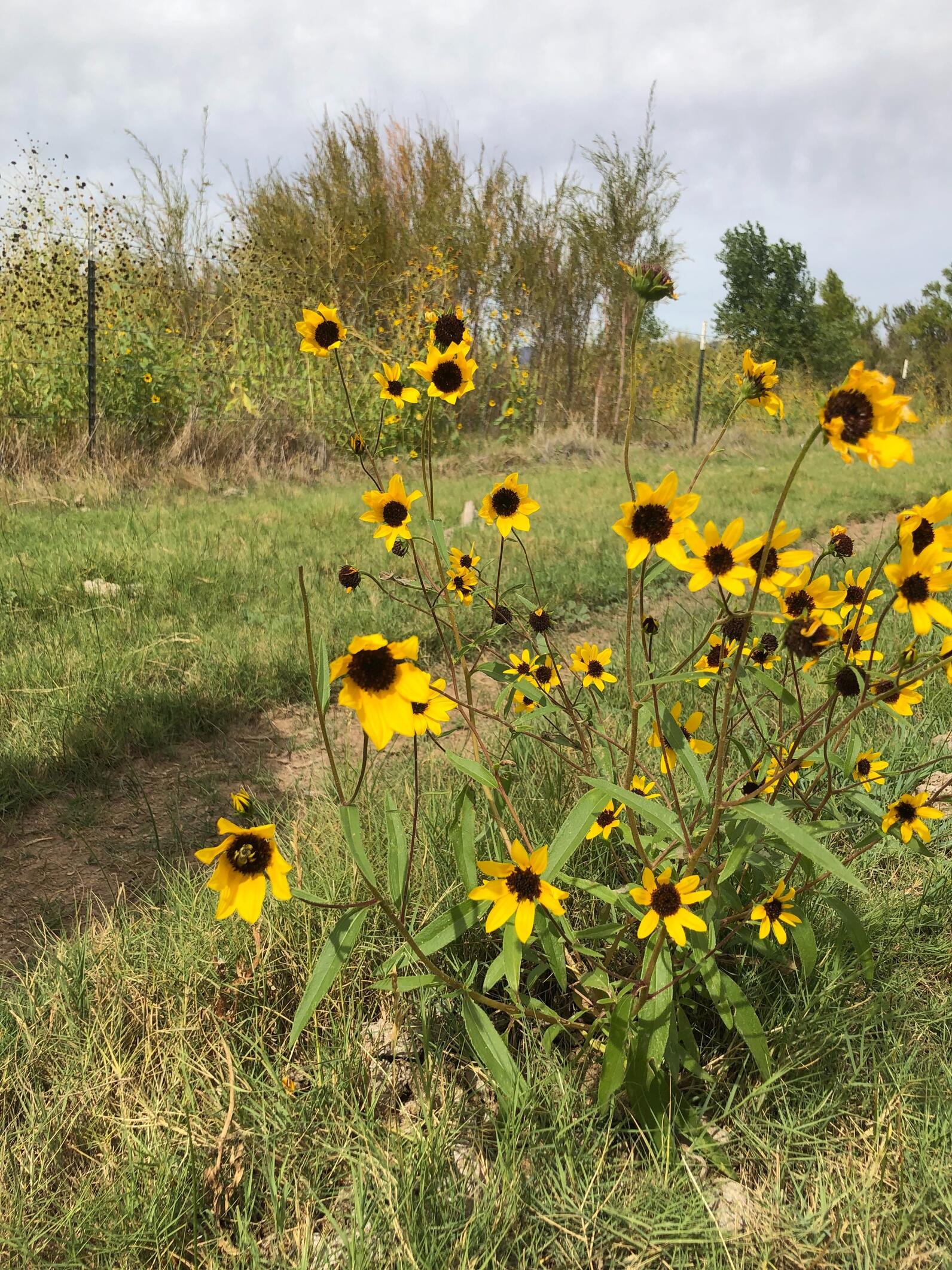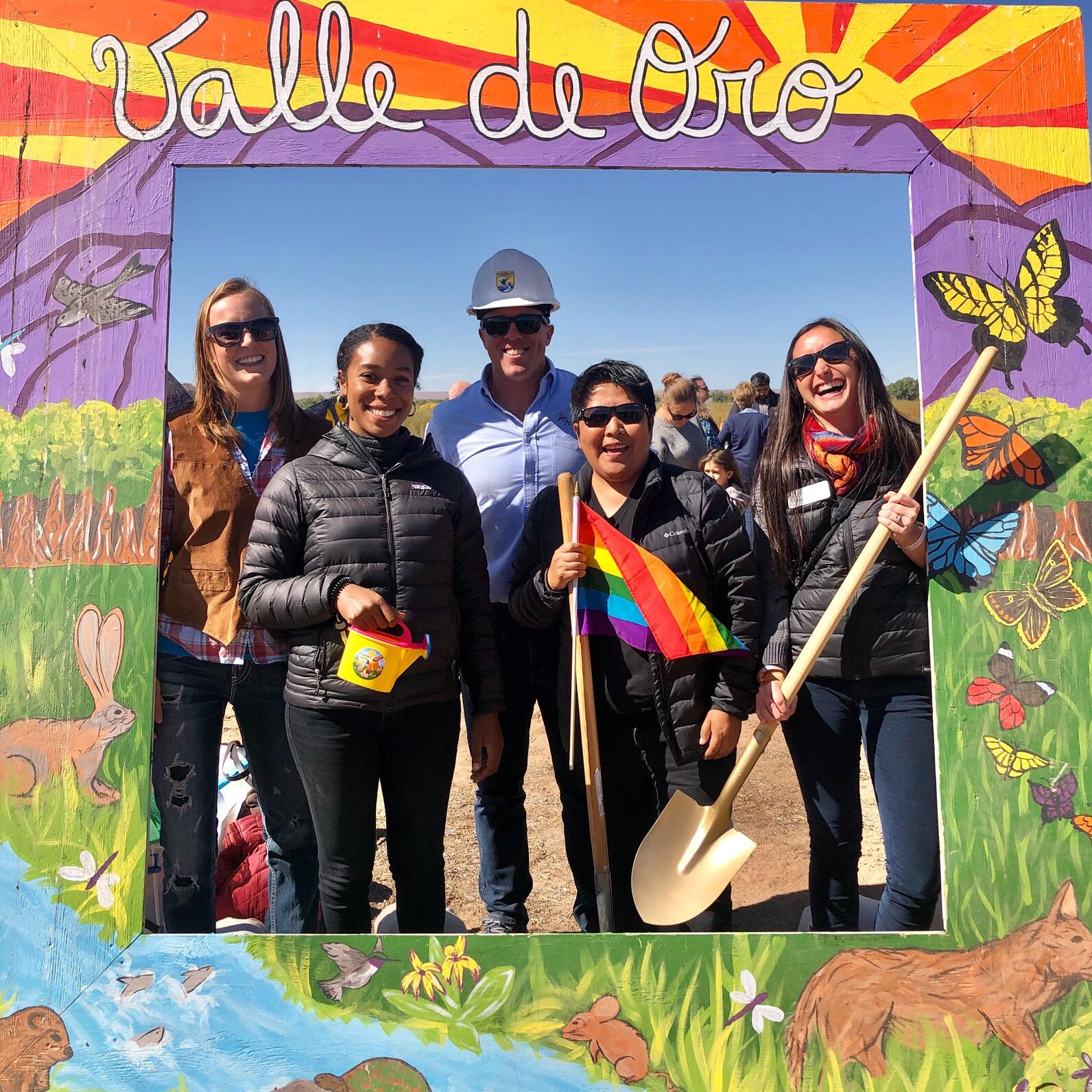If you picked up the Santa Fe New Mexican last week, you would have read an article about Audubon’s new climate change report, Survival by Degrees. It tells us that two-thirds of North American birds are at risk of extinction from climate change. Under a 3-degree warming scenario – which could occur by 2080 if we do nothing meaningful to combat and mitigate climate change - beloved riparian and wetland birds like the Eared Grebe and Long-billed Curlew could lose most of their range.
Climate reporting can be discouraging, but thankfully, we already know what to do to protect the birds and people we love in a warming world. Call your local elected officials today and tell them:
- Birds are telling us it is time to take concrete action on climate. Audubon’s new science shows that two-thirds of North American bird species at risk of extinction from climate change.
- Our state is likely to experience the most climate threats in the country from heat, drought, fire, and false springs.
- Please be a climate champion by expanding clean energy, reducing emissions from natural resource extraction, and utilize natural solutions like increasing protections for rivers like the Rio Grande, which will create climate change resiliency in New Mexico.
<p>
Yes, the Rio Grande is an important part of Audubon New Mexico’s climate strategy. A healthy and flowing Rio Grande provides habitat and food for birds, livelihood for people, and helps manage the worst impacts of climate change. The situation is urgent, but before this somber news saps our energy for action let us take a moment to show our appreciation for the Rio Grande by celebrating all that it does for our state.
One way to celebrate the Rio Grande is through telling stories. These stories connect people to the river, but also influence decision makers and map out the realities on the ground. Celebrating the Rio through telling stories can help us get closer to a sustainable water future in New Mexico.
“Stories not only teach us how to act – they inspire us to act. Stories communicate our values through the language of the heart, our emotions. And it is what we feel – our hopes our cares, our obligations – not simply what we know that can inspire us with the courage to act.” Marshall Ganz, Telling your public story
How does the Rio Grande tell you that things are changing? Submit your climate story to dloggins@audubon.org today!
To start, Audubon New Mexico brings you a shared story that many New Mexico have. How the Rio Grande helps us mark time:
In New Mexico, you can mark the passage of time by noticing patterns along the Rio Grande, our Ribbon of Life in the arid Southwest. In the winter months, the high mountains of the San Juan and the Sangre de Cristo Mountains of Colorado and New Mexico grow heavy with snow. Residents take off to secure their secret ski spots while the state’s population swells with Texans and other visitors eager to take advantage of famed slopes and warm bowls of green chile stew.

Eventually spring temperatures permit everyone and everything to shed their layers. Snowpack begins to melt creating fresh flows into the Rio Grande. Wetlands in the surrounding floodplain bubble up to support Pecos Sunflower blooms and hungry Long billed Curlews exhausted from spring migration. Audubon New Mexico hosts Acequia Day where neighbors get to work clearing debris and mud from the Acequia Del Llano together in preparation for those spring flows.
In a wet year, you might even see the Rio Galisteo – normally a completely dry carving in the dirt – rushing with water underneath 1-25 before you are welcomed to Santa Fe County.
The river is at its highest in early summer when the days are long. As it draws down week by week we remember that we live in the desert and seek refuge from the heat by way of kayaks, canoes, and fishing trips on the Middle Rio Grande and Elephant Butte Reservoir. While it can be used for leisure activities like play and sport, the Rio Grande is primarily a hard working river – especially in the summer. Thousands of acres of irrigated agriculture depend on its flows to water crops like alfalfa, pecans, cotton and grain. Municipalities and Tribal Nations also have a right to that water and industry gets a little too.

Monsoon rains appear to drop from a sky that was clear only hours ago signaling that summer is nearly over. The streets flood and backyard gardens drink up during a few hours of showers. When the sun comes out again drying up every trace of stormy weather, residents remember why they live in New Mexico.
As water levels in reservoirs climb, hundreds of hot air balloons fill the skies around Albuquerque and float over the Bosque. The air smells like pinon and families gather to watch famously brilliant New Mexico sunsets under blankets in a yellow cottonwood forest. It is time to hunker down for another long winter.





